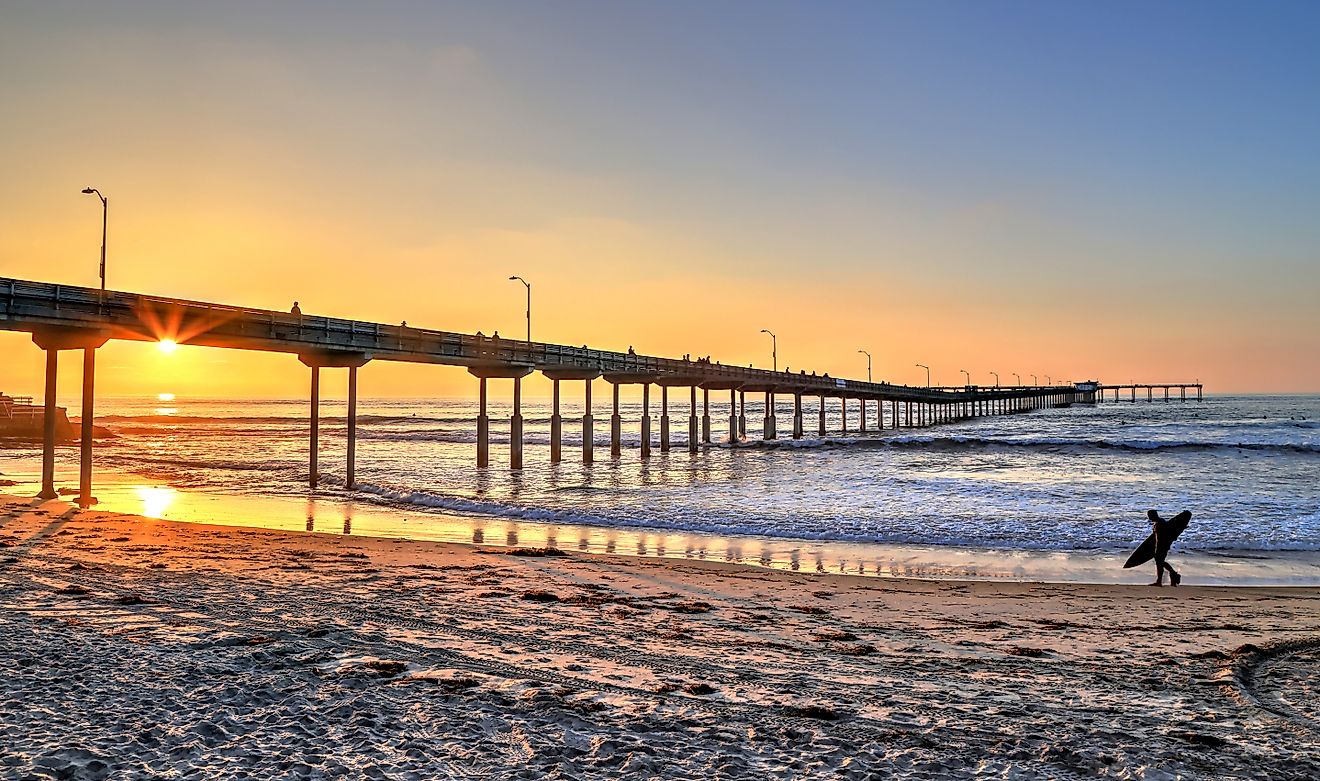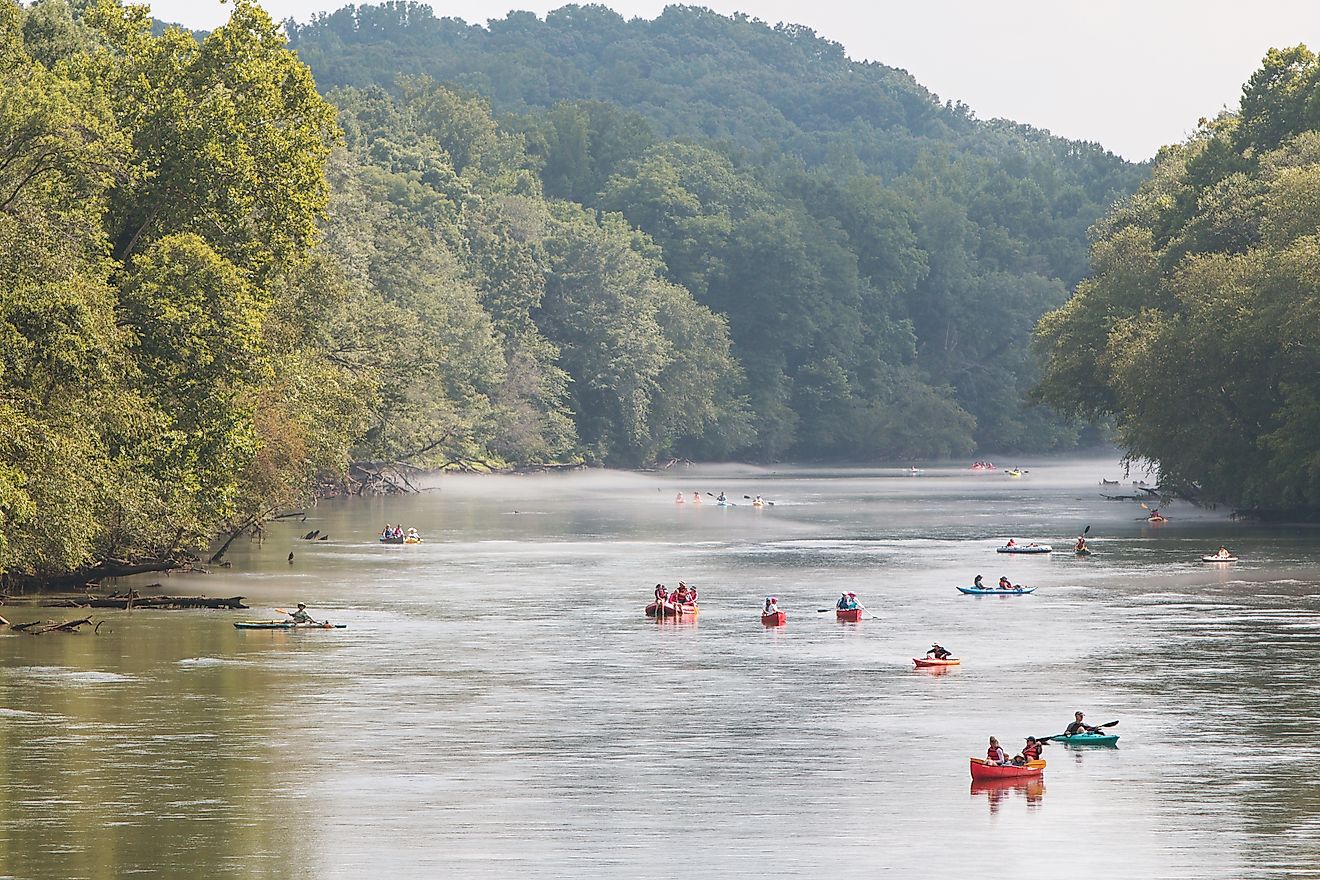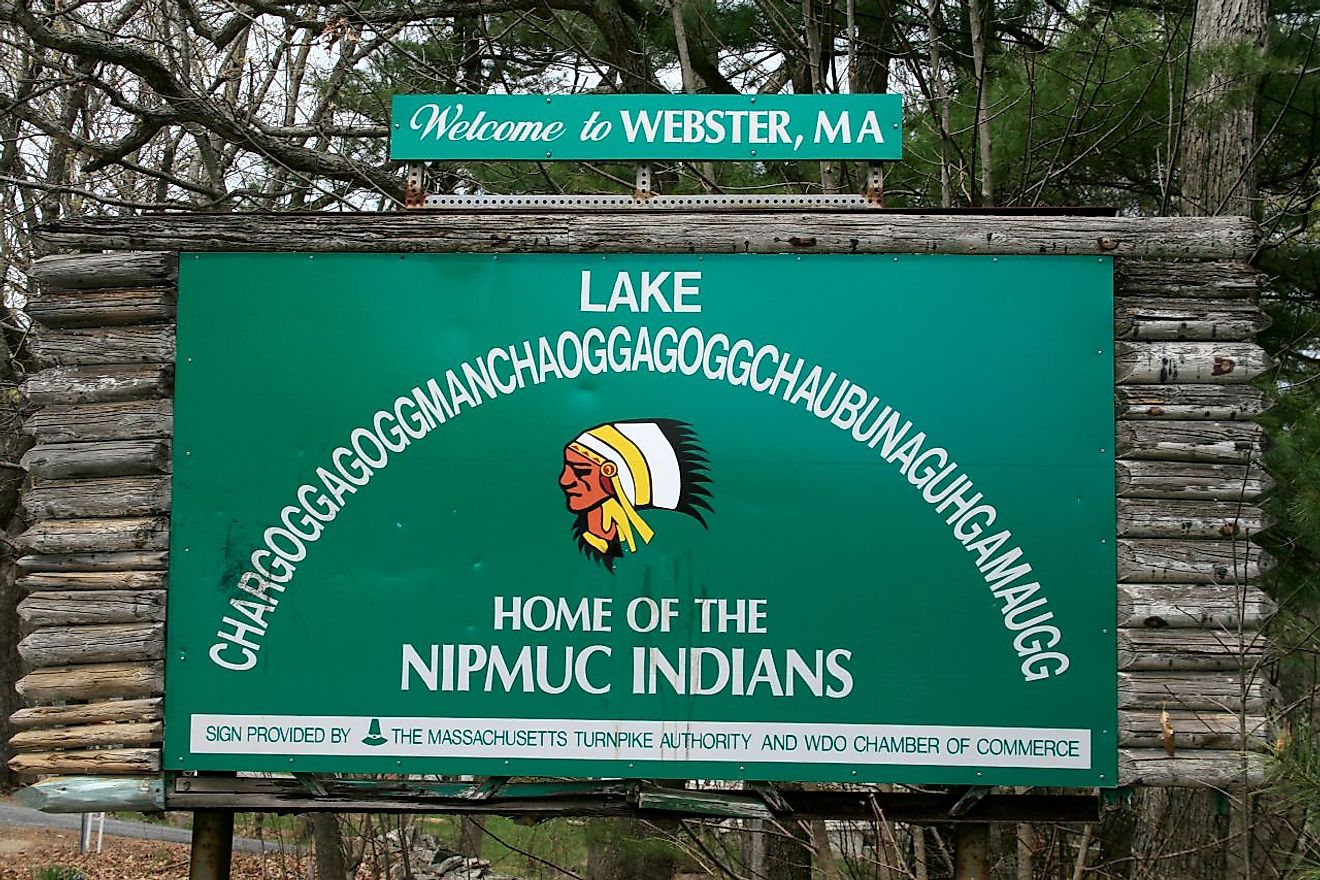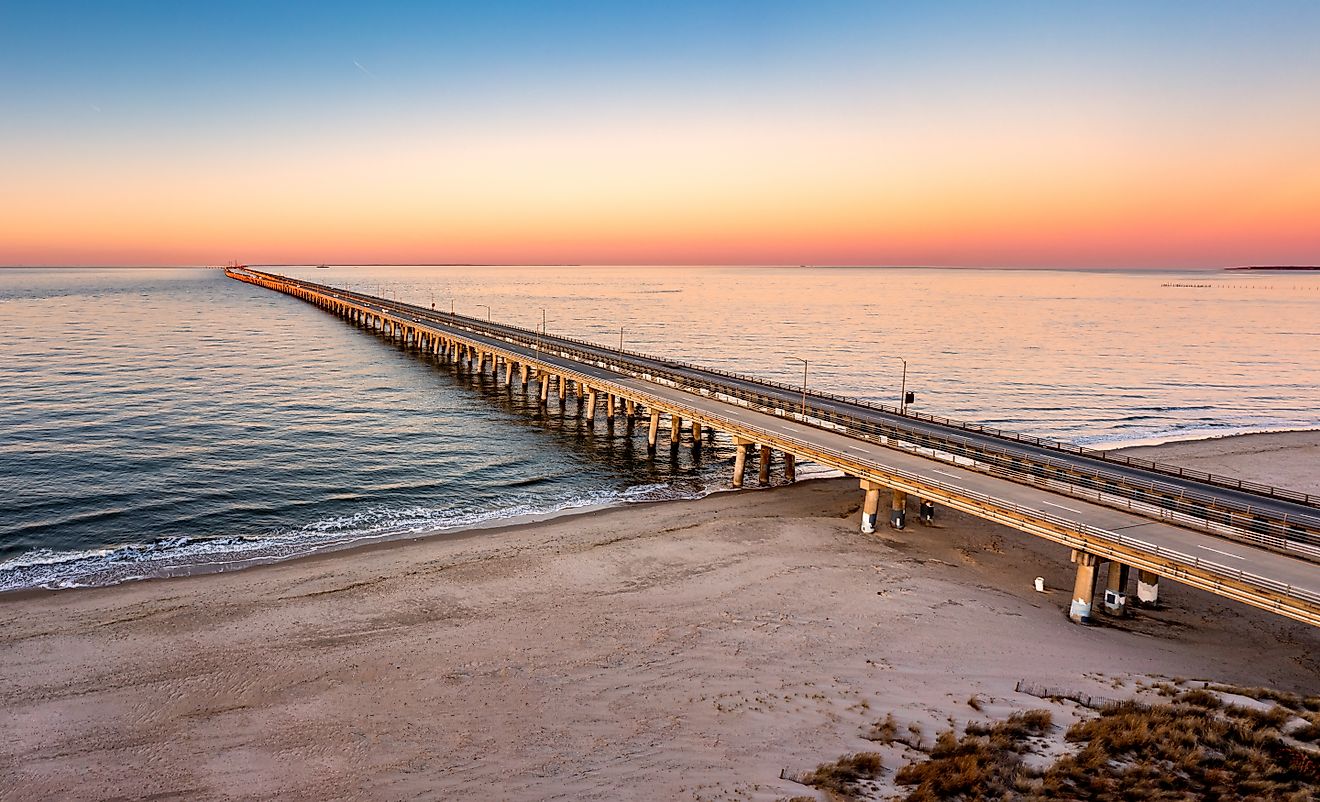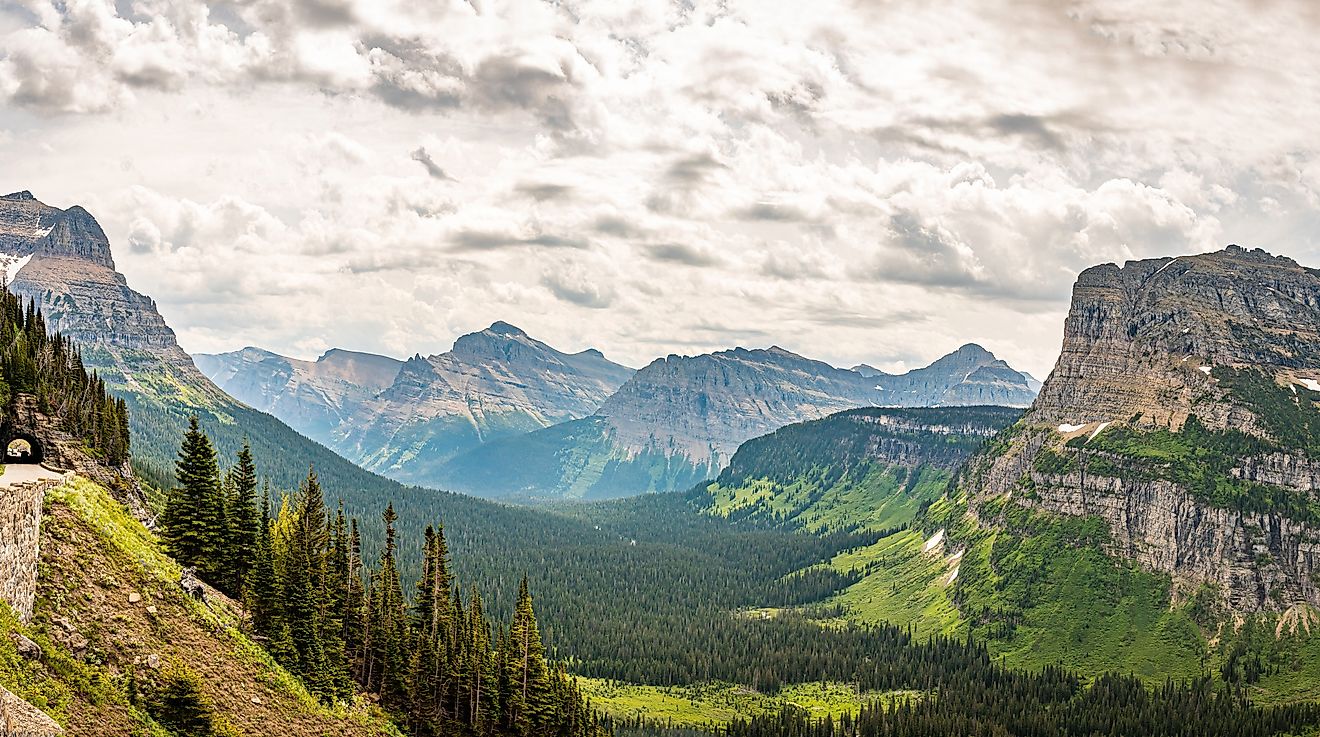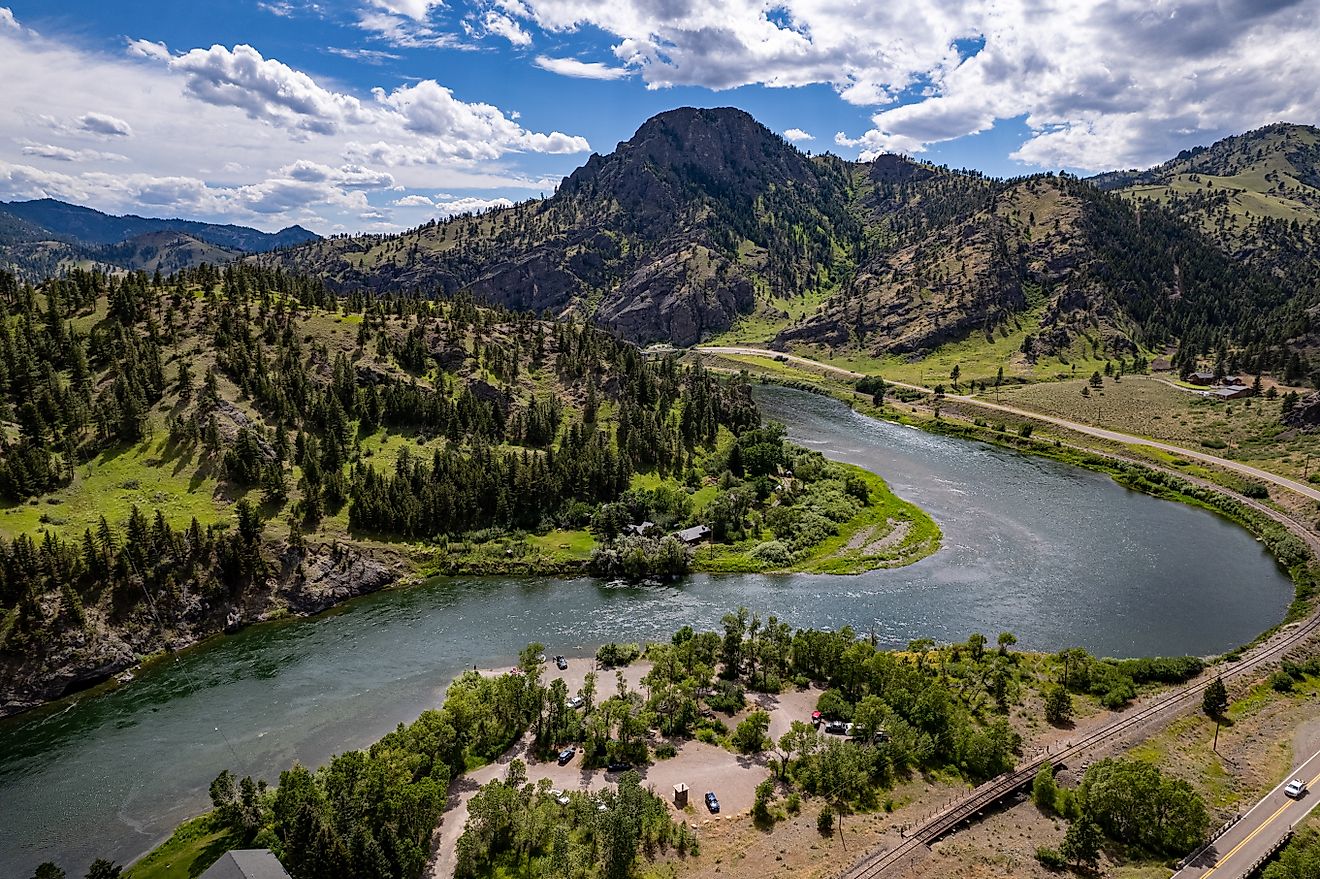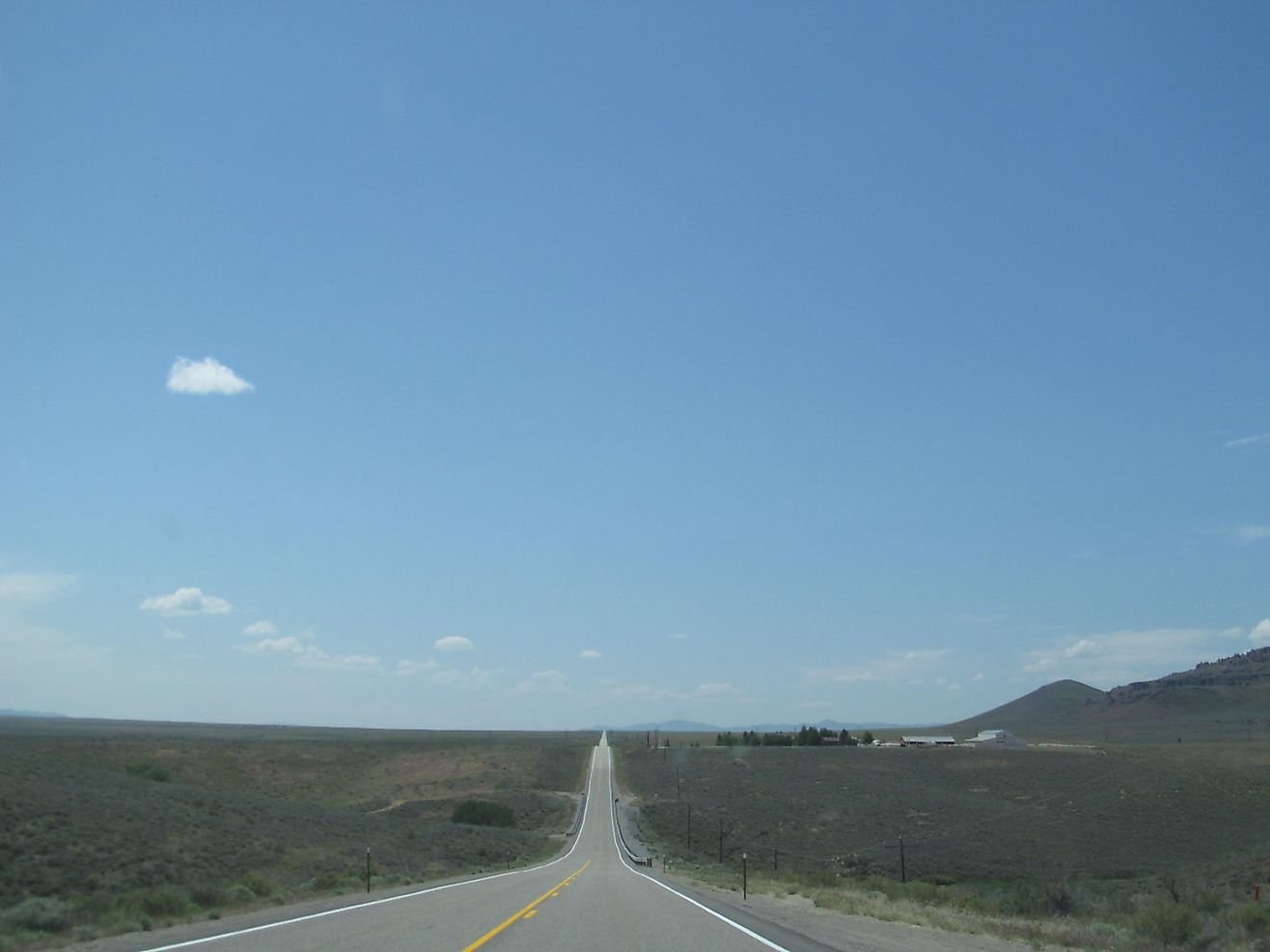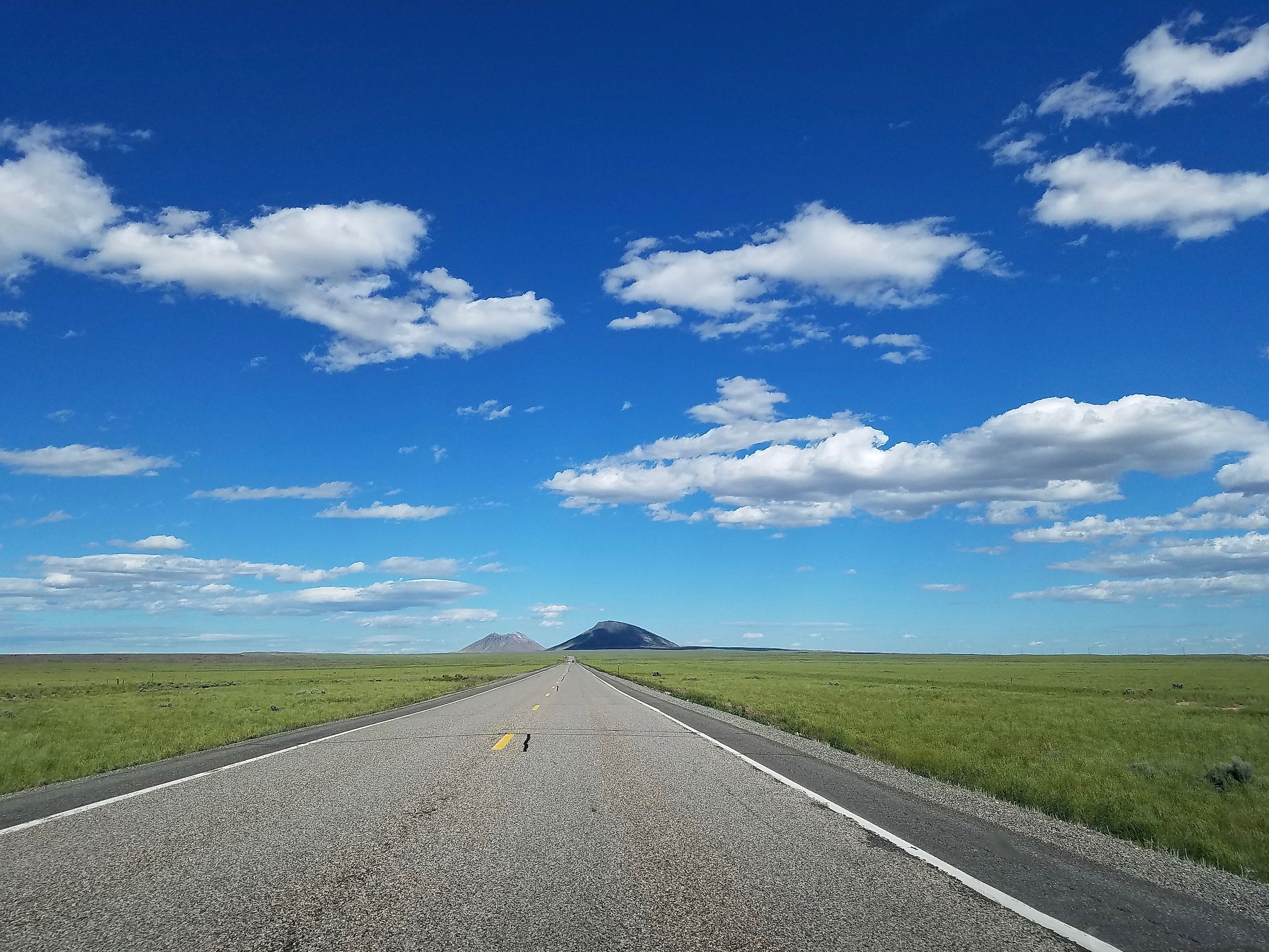
The Longest Highway in the US
When it comes to iconic American roadways, a few names often come to mind: Route 66, the Pacific Coast Highway, or perhaps Interstate 95 along the East Coast. But none of those hold the title of the longest highway in the United States. That honor belongs to US Route 20, a sprawling stretch of pavement that winds from the Atlantic Ocean to the Pacific Ocean, crossing 12 states and spanning an impressive 3,365 miles. It is a journey that captures the essence of the open road and showcases the vast diversity of the American landscape.
What Is the Longest Highway in the United States?
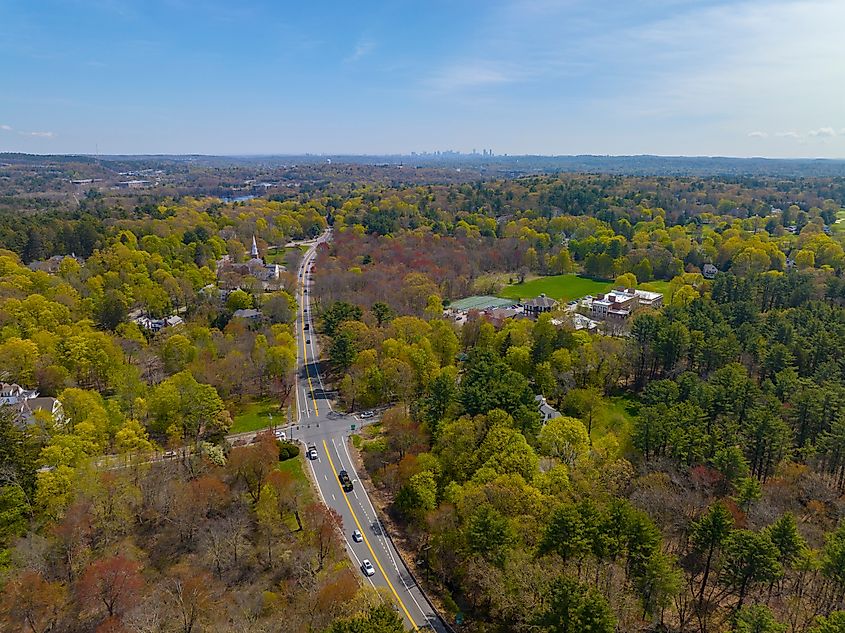
The longest highway in the US is US Route 20, often simply called US 20. Unlike the numbered Interstate Highways built in the mid-20th century, US 20 is part of the older U.S. Highway System, established in 1926. It begins in Boston, Massachusetts, and ends in Newport, Oregon, making it a true coast-to-coast route. For comparison, the better-known Interstate 90 runs a similar path but is slightly shorter at 3,020 miles.
US 20’s status as the longest highway is recognized by the Federal Highway Administration. Its length is due in part to its winding path through cities, small towns, farmlands, national parks, and even the edge of Yellowstone.
States Crossed by US Route 20
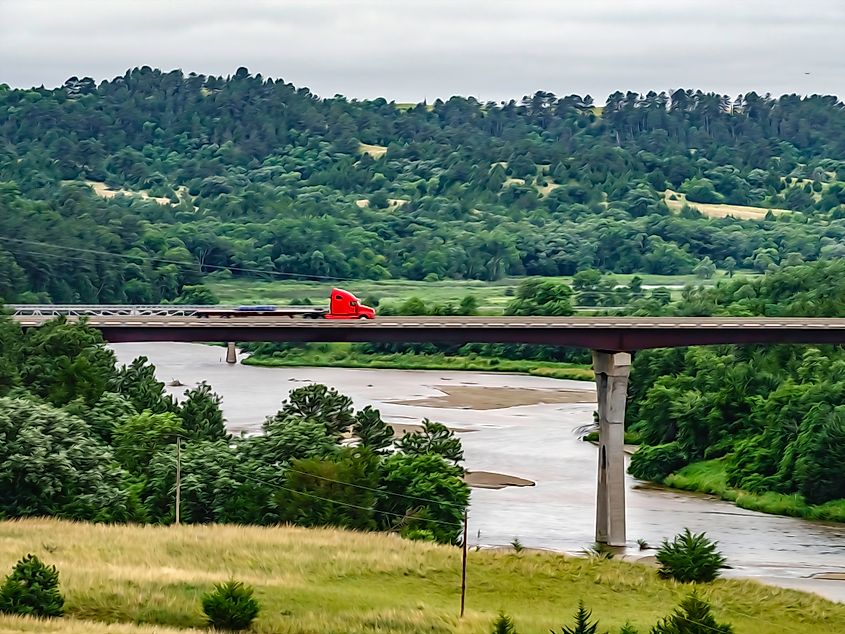
Traveling the entire length of US 20 is no small feat. The highway passes through the following 12 states, each offering its own scenery, history, and roadside attractions:
-
Massachusetts
-
New York
-
Pennsylvania
-
Ohio
-
Indiana
-
Illinois
-
Iowa
-
Nebraska
-
Wyoming
-
Montana
-
Idaho
-
Oregon
From the cobblestone streets near Boston Common to the rugged Oregon coastline, the road covers a remarkable cross-section of America.
A Coast-to-Coast Journey
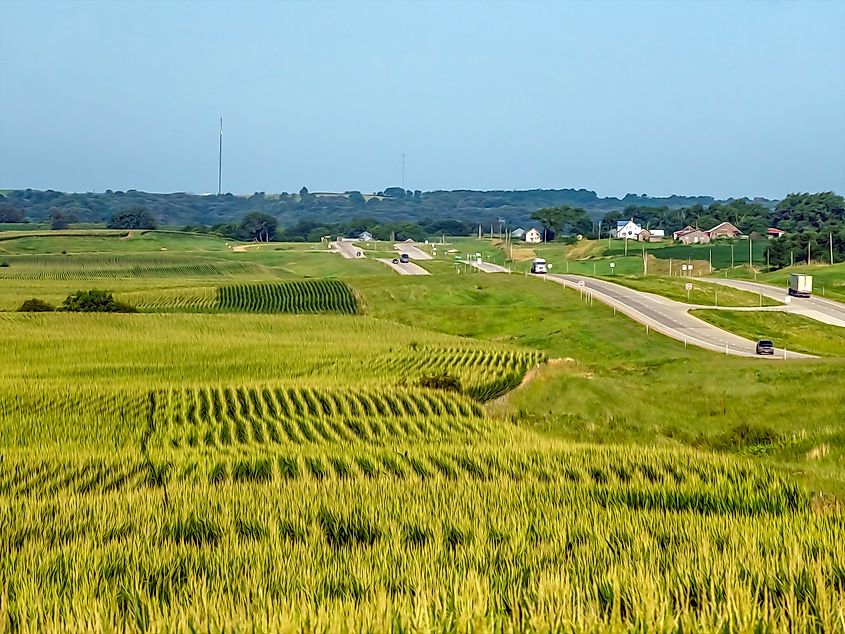
Starting in Boston, Massachusetts, US 20 begins near Kenmore Square and immediately immerses travelers in the energy of New England. The route moves westward through Massachusetts and into upstate New York, skirting the Finger Lakes region and passing through towns with deep Revolutionary War and early American history.
From there, the road dips into a corner of northwestern Pennsylvania, passes along the southern shore of Lake Erie in Ohio, and continues through the industrial heartlands of Indiana and Illinois. In Chicago, US 20 intersects with a maze of other major routes, but those determined to follow it stay the course as it heads into the wide open spaces of the Midwest.
Once travelers reach Iowa and Nebraska, the scenery shifts dramatically to rolling plains and farmland. Small towns and local diners dominate this stretch, making it a classic example of Americana. Here, the road becomes less about city traffic and more about horizon lines and big skies.
The western portion of US 20 is where the highway turns from a long road into an unforgettable adventure. It climbs into the rugged terrains of Wyoming and Montana, offering views of snow-capped peaks and sweeping valleys. The highlight for many is the segment that brushes the northern boundary of Yellowstone National Park, making US 20 not just a route across the country, but a gateway to one of its most iconic natural treasures.
Finally, US 20 drops down into Idaho and ends at the dramatic coastline of Oregon, specifically in the town of Newport. Here, the highway concludes at an intersection with US Route 101, just steps from the Pacific Ocean.
How Long Would It Take to Drive US 20?

If you were to drive the entire 3,365 miles of US 20 without stopping, it would take around 50 to 55 hours, depending on traffic and speed limits. But of course, no one takes this road for a nonstop race. The real magic of US 20 comes from the stops along the way, the diners with hand-painted signs, the vintage motels, the unexpected museums, and the natural wonders scattered across the route.
A more realistic cross-country journey would take one to two weeks, allowing time to see the key highlights of each region.
Famous Attractions Along US Route 20
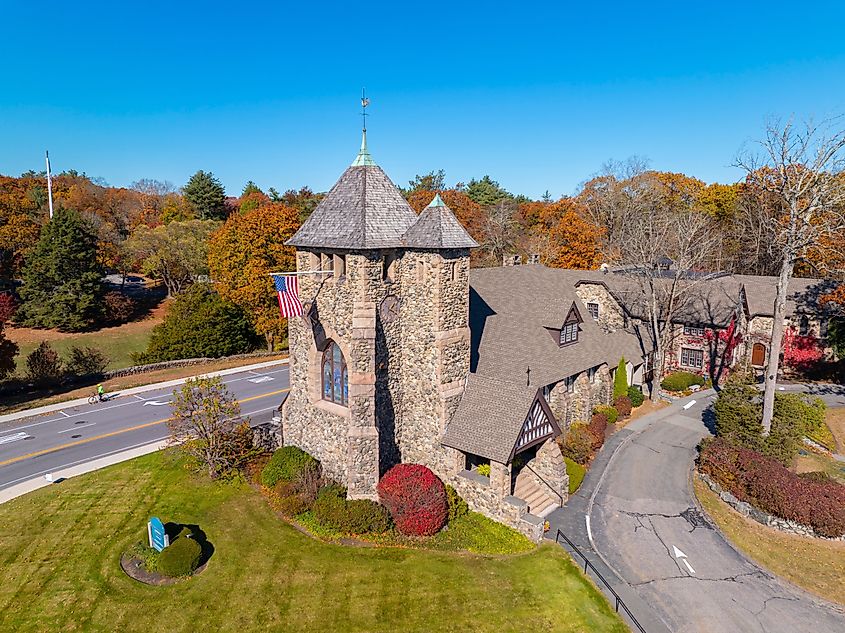
One of the best parts of the longest highway in America is the sheer variety of attractions along its length. Some highlights include:
-
Boston, Massachusetts: Historic landmarks like the Freedom Trail and Fenway Park.
-
Finger Lakes, New York: Renowned for vineyards, waterfalls, and scenic drives.
-
Cleveland, Ohio: Rock and Roll Hall of Fame near the highway’s northern corridor.
-
Chicago, Illinois: Skyscrapers, deep-dish pizza, and cultural neighborhoods.
-
Nebraska Sandhills: A vast expanse of grass-stabilized dunes unique to the Great Plains.
-
Yellowstone National Park, Wyoming: Geysers, bison herds, and thermal pools just off the route.
-
Crater Lake, Oregon (nearby): Deepest lake in the United States and a dramatic volcanic landmark.
These stops transform a simple drive into a memorable road trip.
How Does US 20 Compare to Other Long Highways?
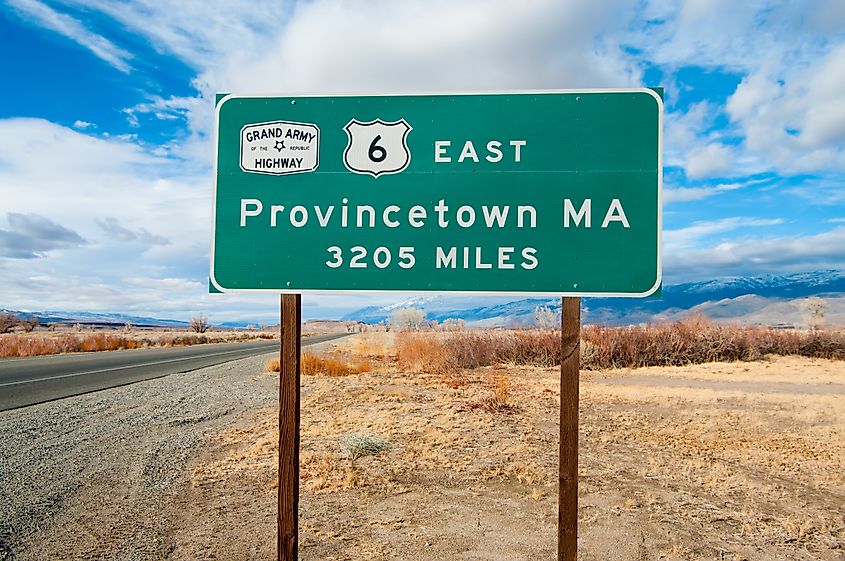
While US 20 holds the title for the longest highway, there are other contenders for impressive length:
-
Interstate 90 (I-90): The longest Interstate Highway at 3,020 miles, running from Boston, Massachusetts, to Seattle, Washington.
-
US Route 6: Once held the title as the longest road before highway system changes, stretching 3,199 miles from Provincetown, Massachusetts, to Bishop, California.
-
US Route 30: Extends 3,073 miles from Atlantic City, New Jersey, to Astoria, Oregon.
The difference lies in the purpose: Interstates like I-90 are designed for speed and efficiency, with limited access points and higher speed limits, while highways like US 20 often pass directly through towns and cities, connecting travelers to local culture.
A Road with History
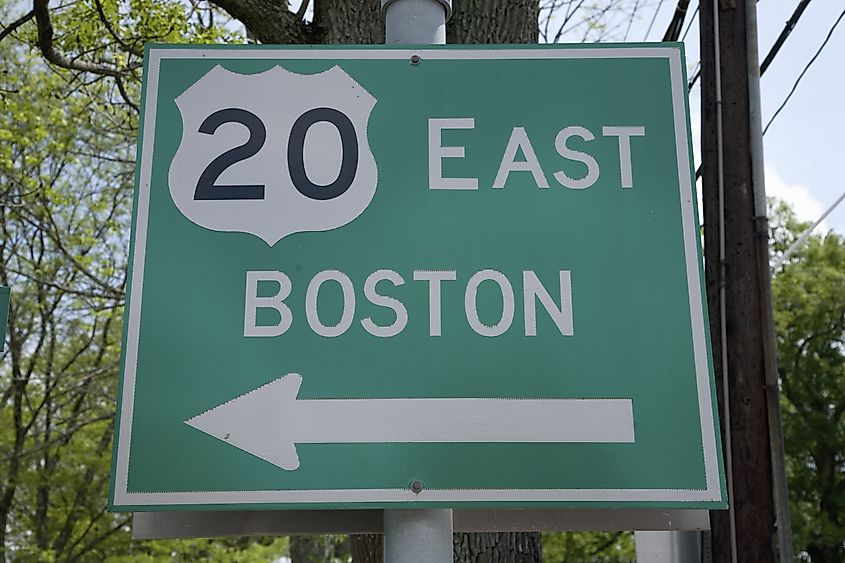
US 20 was officially designated in 1926 as part of the original US Highway System. It evolved from older routes that were pieced together to form a continuous cross-country highway. Over the decades, sections were modernized, rerouted, or bypassed by faster interstates, but much of its charm remains intact.
In 2015, US 20 achieved a milestone when the final gap in the highway near Yellowstone National Park was closed, officially making it a continuous coast-to-coast route for the first time.
Why Drive the Longest Highway?

For some, the appeal is in the challenge of completing a true coast-to-coast drive. For others, it is about the unexpected discoveries that can only happen on a road like US 20. Unlike major interstates, this highway takes you through towns where local diners still thrive, where roadside attractions have survived for decades, and where you can feel the cultural shifts as you move from region to region.
US 20 also provides a unique perspective on the United States. From the Atlantic to the Pacific, the highway crosses regions defined by industry, agriculture, wilderness, and innovation. It is a living timeline of American development, with old stone churches in the East, grain elevators in the Midwest, and snow-dusted mountains in the West.
Tips for Driving US Route 20
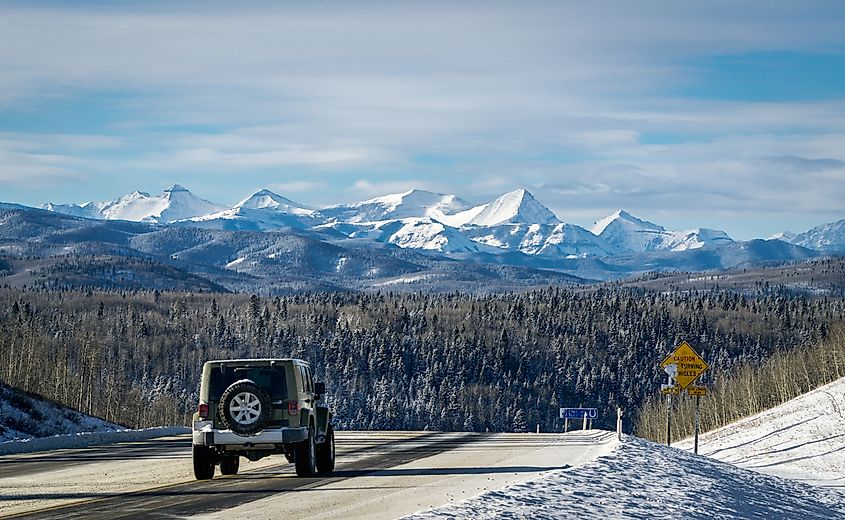
-
Plan your time wisely: The full journey is long, so choose whether to drive the entire route or a segment.
-
Avoid peak winter in the Rockies: Snow can close sections or make driving treacherous.
-
Bring a camera: From Yellowstone’s geysers to the Oregon coast sunsets, this highway is photogenic.
-
Explore local towns: Some of the best food and experiences are found off the main tourist path.
-
Watch for changing speed limits: Rural areas often shift speed zones as you pass through towns.
Final Thoughts
The longest highway in the US, US Route 20, is more than just a record-holder on a map. It is a living, breathing pathway that connects the Atlantic and Pacific Oceans, threads through historic cities and tiny towns, and reveals the full breadth of the American landscape. It reminds travelers that sometimes the journey truly is the destination.
So next time you dream about the open road, consider US 20. It might not be as famous as Route 66, but it stretches farther, reaches higher, and offers an unforgettable experience for anyone ready to take it on.
Frequently Asked Questions
1. How long would it take to drive the entire highway?
Without stopping, it would take about 50 to 55 hours of continuous driving. A realistic road trip with sightseeing could take two to three weeks.
2. Is US Route 20 safe in winter?
Certain sections, especially in the Rocky Mountains and northern Plains, can experience heavy snow and ice. Always check road conditions and plan accordingly.
3. Does Route 20 pass through Yellowstone National Park?
Yes, it provides direct access from both the east and west sides of Yellowstone, making it a popular route for park visitors.
4. Can RVs and trailers travel the entire highway?
Yes, most of the route is suitable for RVs and trailers, though some mountainous sections require extra caution.
5. Is US Route 20 well-marked?
Generally, yes. The highway is well-marked, but it occasionally merges with other highways, so staying on track may require attentive navigation.
